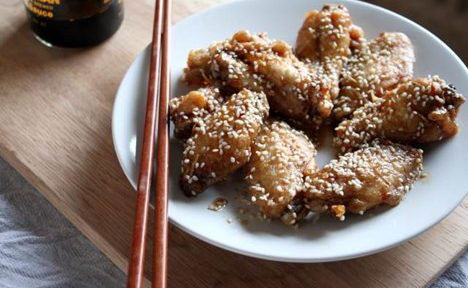Tag: foodie

Mother’s Home Cooking: オムライス Rice Omelet (Omu-rice)
Read more: Mother’s Home Cooking: オムライス Rice Omelet (Omu-rice)The Japanese Rice Omelet (omurice) is a Western-influenced dish that was invented at the turn…

Mother’s Home Cooking: Curry & Rice (カレーライス)
Read more: Mother’s Home Cooking: Curry & Rice (カレーライス)Japanese Curry & Rice (kare-raisu) is a hearty dish made with a mélange of vegetables…

Mother’s Home Cooking: Hamburg
Read more: Mother’s Home Cooking: HamburgWhat is Hamburg and Where Did it Come From? Hambāgu or Japanese Hamburger Steak, is…

Mother’s Home Cooking in Japan: Miso Soup
Read more: Mother’s Home Cooking in Japan: Miso SoupIt’s a new year and a new series of posts on the Zojirushi blog! In…

B-kyu Gurume: Tebasaki Karaage from Nagoya
Read more: B-kyu Gurume: Tebasaki Karaage from NagoyaNagoya is famous for many types of street foods, including hitsumabushi (grilled eel on rice)…
B-kyu Gurume: Sobameshi from Hyogo
Read more: B-kyu Gurume: Sobameshi from HyogoImage link: https://www.chopstickchronicles.com/wp-content/uploads/2017/03/Sobameshi-11.jpg When you think of street food in Japan, you probably think of…



